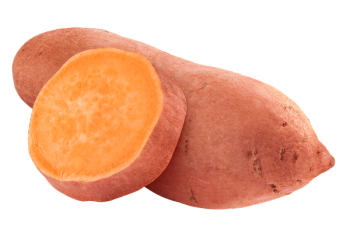
E-Separation Solutions
- E-Separation Solutions-01-20-2009
- Volume 0
- Issue 0
Technology Forum: HPLC/UHPLC
Joining us for this discussion are Troy Purvis and Chad Ostrander of Hitachi High Technologies America; Thomas J. Waeghe of MAC-MOD Analytical; Dr. Roy Eksteen of Tosoh Bioscience, LLC.; and Thomas E. Beesley of Sigma-Aldrich/Supelco.
HPLC and in particular, UHPLC, continue to grow in popularity in the world of separation science, with the UHPLC market predicted to grow 19% by 2012, even in these difficult economic times (“Global Assessment Report,” SDi, Inc., 2008). With this in mind, it is easy to see why interest in these techniques remains high and why advances in methods and instrumentation have proliferated in recent years.
Joining us for this discussion are Troy Purvis and Chad Ostrander of Hitachi High Technologies America; Thomas J. Waeghe of MAC-MOD Analytical; Dr. Roy Eksteen of Tosoh Bioscience, LLC.; and Thomas E. Beesley of Sigma-Aldrich/Supelco.
How do you view the current state of HPLC/UHPLC?
Purvis and Ostrander: The current state of HPLC/UHPLC is one mirroring the industries that use these analytical methods as a whole: unsteady. HPLC is a well-established analytical tool, which has been in use for decades, incorporating itself into validation and qualification documents since its inception. UHPLC is not as widespread in use because many of the shorter methods using UHPLC have not been validated by such rigorous means, and some industries are reluctant to use UHPLC over HPLC. There is a tug-of-war playing out between industries that want the faster throughput and less solvent waste of UHPLC and the trusted reliability of HPLC.
Waeghe:HPLC is nearing the state of a mature technique: technical advances are slowing down and are mostly incremental, the technique is easily used by lightly trained personnel, and theoretical limits are being approached. UHPLC, in our view, is an extension of HPLC into the realm of high pressure operation (> conventional 400 bar pressures) which affords advantages in terms of speed for shorter columns and improved resolution for longer columns. However, the higher pressures can put greater demands on instrumentation, require more careful practices regarding lab and instrument hygiene, and cause some unintentional effects due to changes in fundamental phenomena such as solvent compressibility, retention factor behavior, etc.
Eksteen: HPLC, in general, and UHPLC, in particular, are in a good position to continue the growth pattern that they have been on, albeit at a slower pace than what we have seen in recent years. This assessment assumes that the slowdown in the economy will have an adverse effect on overall activity, but not to such an extent that growth will stall or go in reverse. I think that growth in HPLC will continue, in parallel with growth in mass spectrometry, although maybe at a bit slower rate, since HPLC is a good feed to MS.
Beesley: The current state of HPLC/UHPLC is stagnant. An increasing number of analysts are looking at fused core technology since it can save money in these troubled times.
Are there any trends that you see in the HPLC/UHPLC field for the future?
Purvis and Ostrander: We are seeing a trend towards the HPLC/UHPLC hybrid system. These systems are typically priced more competitively than traditional UHPLC and they have a similar capacity for speed and precision without compromising the ability to function as a conventional HPLC.
Waeghe:The trend to smaller particles of totally porous and superficially porous packings will continue. A practical limit of particle size is estimated to be somewhere between 1 and 1.5 microns, so column and packing manufacturers will likely drive the technology to that limit.
Along with a trend to smaller and smaller particles, we see the increased use of longer (coupled) columns packed with sub-3µm particles, in particular superficially porous particles. This will achieve high plate counts at manageable back pressures.
Articles in this issue
almost 17 years ago
IFPACNewsletter
Join the global community of analytical scientists who trust LCGC for insights on the latest techniques, trends, and expert solutions in chromatography.





